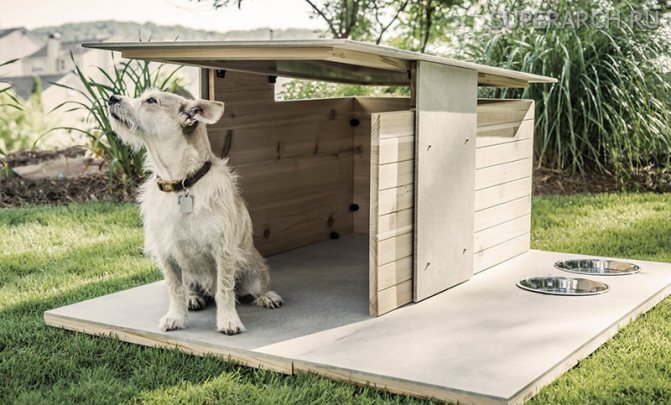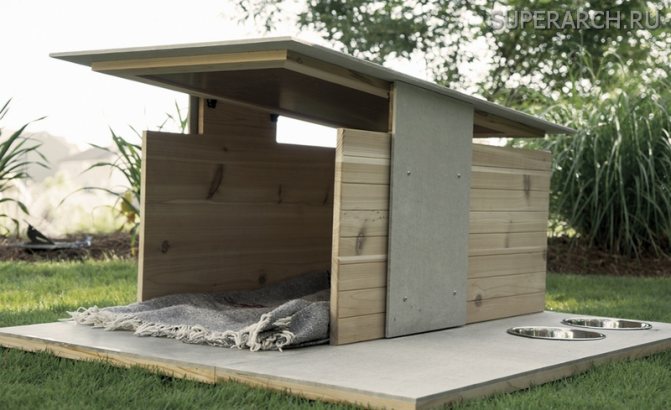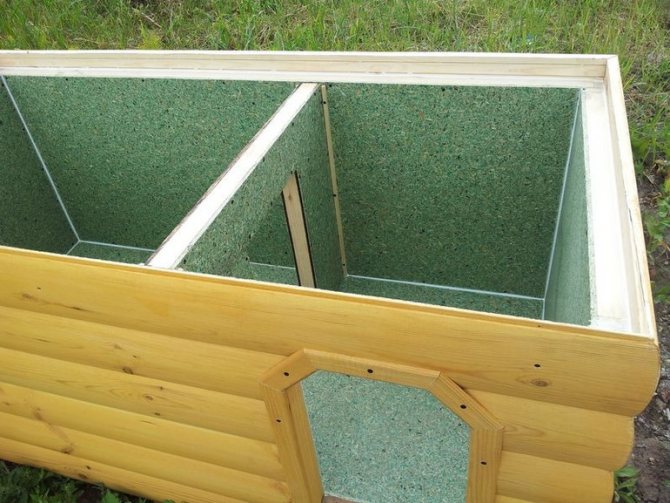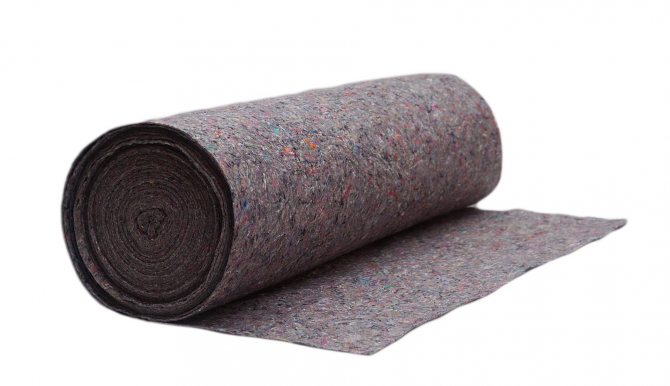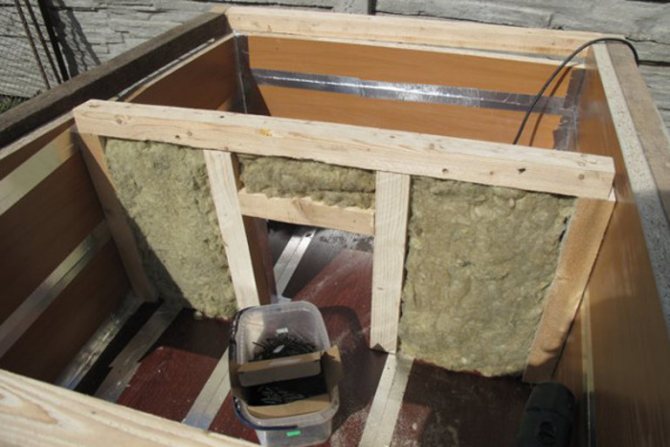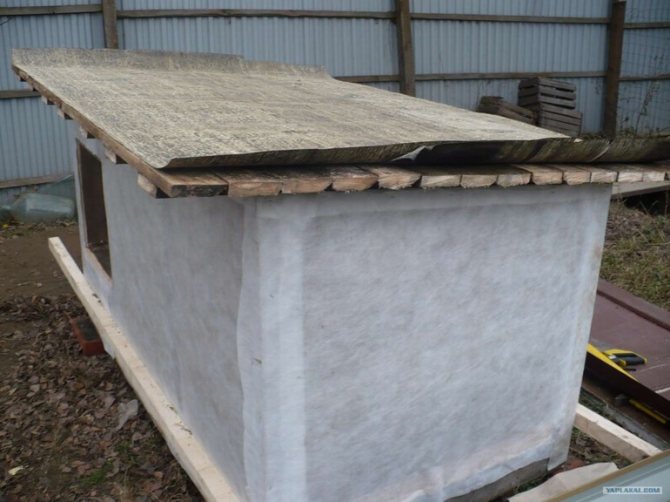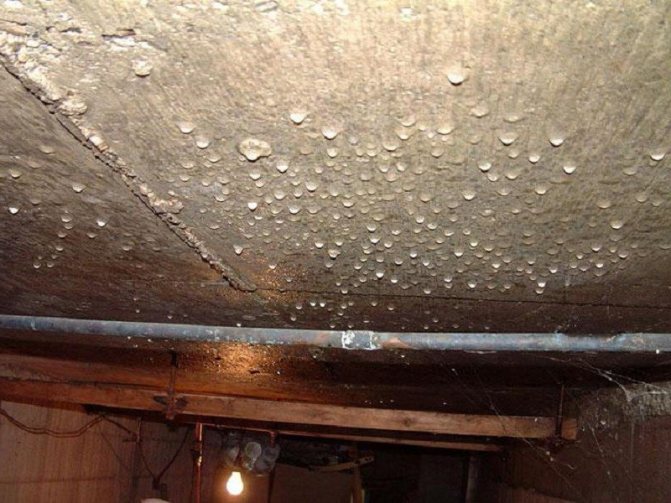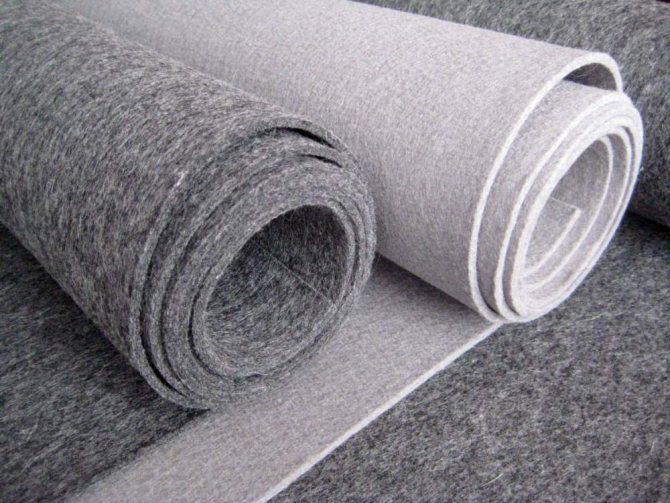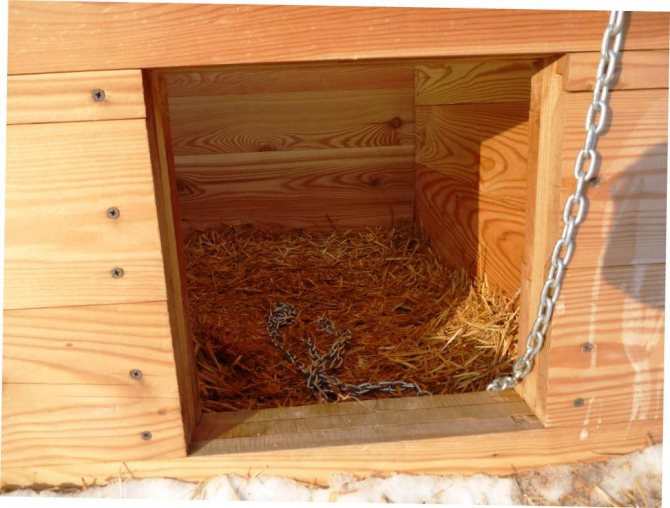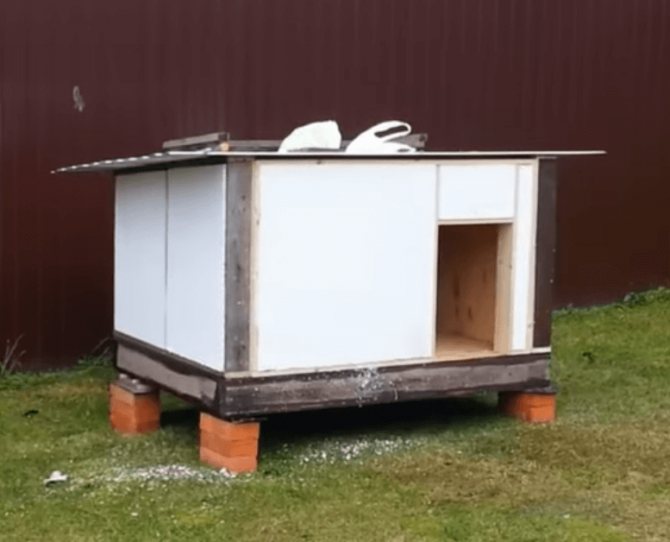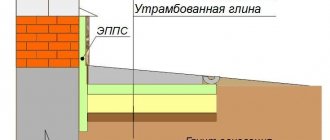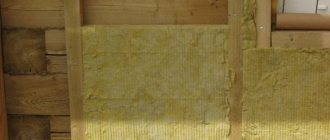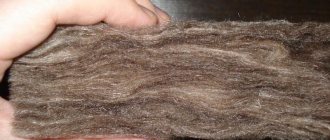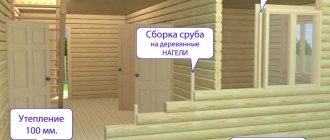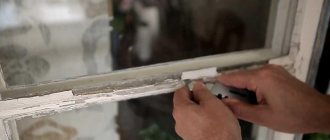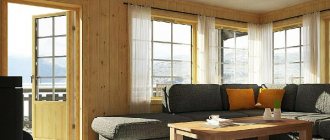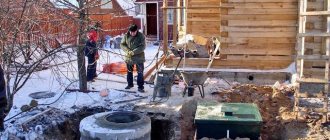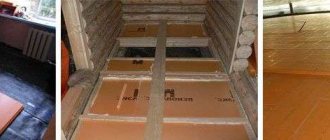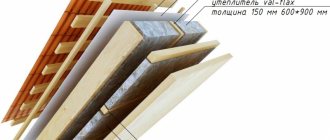With the arrival of frost and windy weather, as always, the afterthought comes to insulate the dog's kennel for the winter. This must be done quickly enough and at the same time with high quality, since many breeds simply do not tolerate severe cold and discomfort. In addition, not all modern materials can be used as insulation for a doghouse.
In winter, it is very tight without a booth
Do I need to insulate the dog booth in winter
It is widely believed that animals accustomed to living in the courtyard of a house fully adapt to weather conditions and temperature extremes, so often warming a doghouse for the winter can be perceived as a whim of the owners, a desire to emphasize their ostentatious care for the animal. In fact, a dog, especially a purebred, suffers from cold and heat no less than a person, while the risk of getting a cold is an order of magnitude, or even two, higher than that of its owners.
It will take a maximum of one to two days to make a do-it-yourself insulated kennel for a dog. The costs are minimal, and as a result, we get quite tangible benefits:
- The animal does not freeze and does not lose activity even in severe frost, let alone at night. As a result, the dog serves and protects property with great pleasure and in winter it almost does not ask to enter the house;
- It becomes possible to keep the animal directly on the street all year round. If this is a purebred dog, then a playground and, at least, a warm booth will be required to the aviary.
Often, the owners simply cover the kennel for the winter with old rags, things, cover it with straw, bales of hay and tighten the whole structure with a film so that it does not get wet and scattered by the wind.
There is nothing wrong with insulating the dog booth for the winter with straw, you will get a very warm room, but there is one obstacle. Oddly enough, but animals feel very much about their booth and often refuse to live, both among the pile of junk and in a plastic booth bought in a supermarket with insulation made of foam granules.
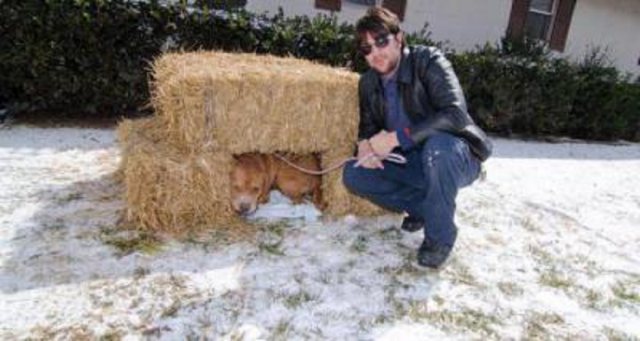
If there is nothing at hand, then you can bale the kennel.
The best option would be to make an insulated dog booth with your own hands, photo.
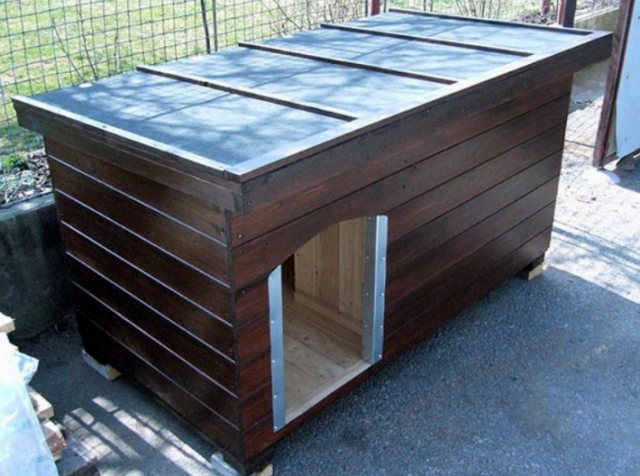

The classic version with insulation of the kennel with PPS sheets. The corners at the entrance are nailed so that the dog does not tear the lining with a chain
A solid structure will stand for more than one winter, the animal will immediately appreciate the work done for it, it is quite possible that the kennel for the winter will become a source of pride not only for the owners, but also for the dog.
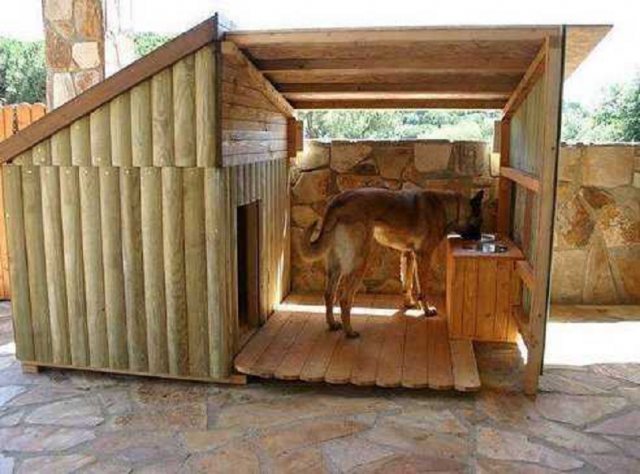

Hay and straw
If your four-legged friend lives in outdoor conditions, then it is highly undesirable for him to use hay or straw as bedding. There is a high chance that your pet will become infected with parasites such as fleas and ticks. In addition, all organic litters are characterized by the presence of enterobacteria: intestinal tract, salmonella. Also in straw and hay there are intestinal eels, which cause a wide variety of diseases in dogs. Another significant disadvantage of these materials is that they cannot be disinfected.
However, despite all the dangers and warnings, many owners like to use hay and straw as bedding. They motivate this by the fact that these materials are environmentally friendly, have a pleasant smell and retain heat well.
To prepare hay for bedding, care must be taken not to dry it out. Shake it periodically to avoid the charm of hay.To prevent infestation with parasites, it is necessary to regularly, every week, make new bedding with the addition of herbs that have antiparasitic properties: thyme, sage, wormwood. The bedding should be shaken every day.
It is best to use hard-stemmed plants (rye, wheat, reeds) for making straw bedding. Oat straw is definitely not suitable for this purpose, since it tends to crumble very much.
Kennel insulation rules
There are two radically different approaches to solving the problem of warm housing for a dog for the winter. In the first case, you can simply insulate the kennel from the inside with a suitable or available material. It is clear that the material for insulating the kennel must be absolutely harmless to the animal. True, at the same time there is a certain limitation on the thickness of the insulation, since the living space decreases, and this is extremely important for any dog. If in winter in such a kennel it is warm, but cramped, then there is a chance that the dog will break - tear the walls and bedding, trying to increase the internal volume of the booth.
The second option involves making an insulated kennel, like for a large dog, choose the size with a margin so that the next generations of dogs can use the kennel in winter and summer. Imagine the surprise of the owners when the dog, having received a large booth, collects bedding in the warmest corner of the kennel, ignoring most of the room.
The size and design of the kennel for the winter
Both approaches are clearly wrong, you need to build and insulate the kennel for the specific size of the dog:
- The height of the inside is usually taken equal to the width of the kennel. The dog should stand upright, and the ceiling, even after insulating its surface, should not touch the withers of the animal;
- The length or depth of the kennel is chosen so that the dog can lie down and stretch its front legs;
- The entrance to the kennel is usually done with a sill, so that snow does not accumulate in winter.
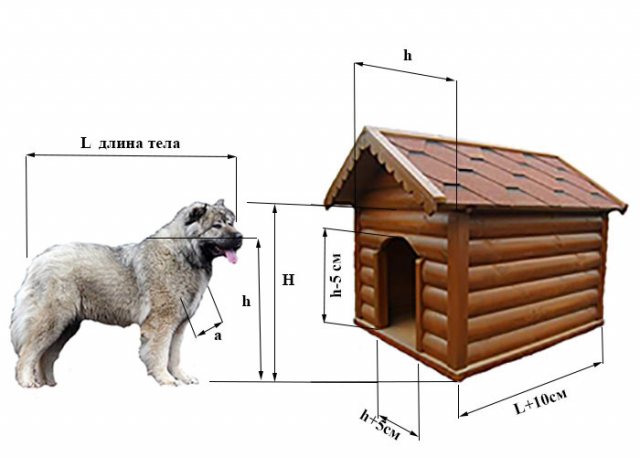

Recommended sizes
Important! An exception may be the scheme for long-haired and northern breeds. For example, you only need to insulate a husky booth with an open entrance. Animals easily tolerate low temperatures, but react painfully to musty air indoors. In addition, huskies are extremely curious by nature and just love to lie, half leaning out, peeking out of the booth, observing what is happening around. In this case, a curtain or curtain covering the entrance can only interfere.
As an example, when making your own hands, you can use the drawing of the insulated dog booth below.
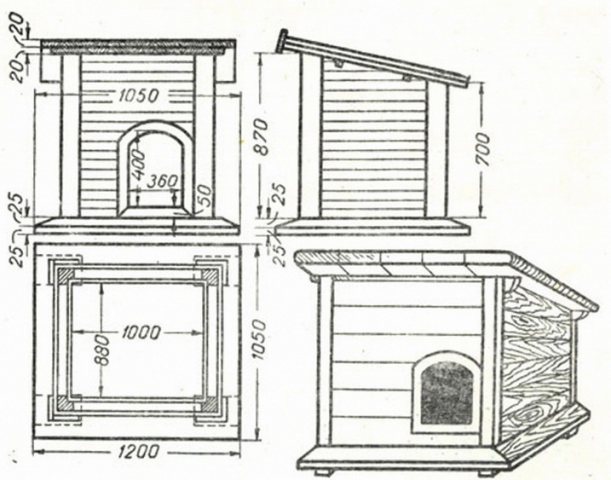

Warm booth with double walls and removable roof
The structure consists of two buildings - internal and external, in both cases a wooden lining and sawlog were used. As conceived by the developers, it was supposed to insulate the kennel with filling thermal insulation, but later this kind of materials was abandoned due to strong dusting. It turned out to be more rational to insulate the kennel with an ordinary padding polyester folded in several layers.
Usually, dogs do not tolerate unfamiliar smells, so you have to accustom them to one or another material. For example, for a mongrel living near a house under siding clapboard, the smell of building cladding may be quite familiar, so the kennel can be insulated with roll material and trimmed with siding.
For large dogs, the booth must be insulated with the installation of an additional wall or screen that closes the entrance to the kennel from the wind. For a shepherd dog or for an alabai, you will have to make a flooring and a roof, which will also need to be insulated. A simple addition to the existing kennel reduces the cooling of the interior space several times, even without a canopy.
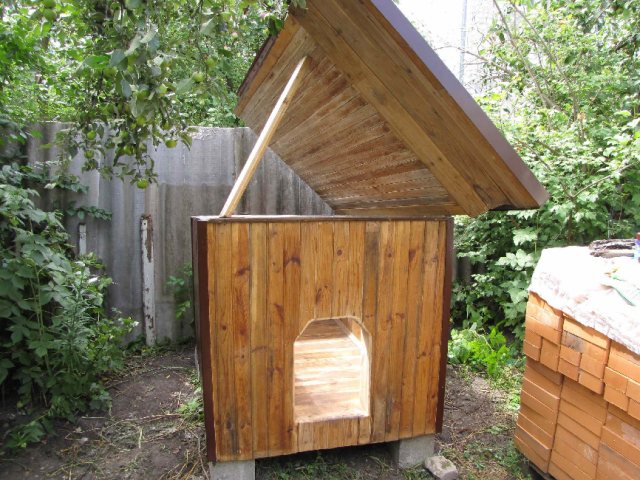

The dog's kennel will need to be regularly ventilated and cleaned.
A large, long-haired animal emits a fairly large amount of heat, so there is no particular reason to warm the booth like a puppy.In the presence of a warm bedding and ceiling, as well as with a normal diet in winter, the insulation of a booth for an adult shepherd dog can be limited to one layer of felt or a woolen blanket. For young animals and small short-haired dogs, the walls of the kennel have to be insulated with PPS foam up to 50-70 mm thick.
Does it freeze in winter
Most dogs can comfortably tolerate the cold and even sleep in the snow, depending on the breed of the dog. Hunting breeds perfectly tolerate the cold, by winter they grow dense wool and, in principle, it is not advisable to keep them at home, as this spoils the innate scent.
However, even representatives of the same breed react differently to cold depending on the conditions in which they live.
When a dog lives in an apartment, it sheds more often, since it does not need an undercoat in an apartment. When an animal lives in a booth, then by winter it grows a warm undercoat, which ensures the preservation of heat.
In addition to the undercoat, the size of the animal affects the retention of heat. Large dog breeds lose heat more slowly than small ones. Pets lacking or undercoat need winter clothing.
The choice of insulation for the dog booth
The selection of a method of material for insulating a kennel is faced with two big problems. First of all, the insulation should be relatively harmless, not cause allergic reactions and aggression on the part of the dog. Secondly, the material should not absorb moisture and lose its heat-insulating qualities over time.
Mineral wool
Of all modern insulation materials, fiber mats, panels and roll materials are categorically not recommended to be used to insulate a dog kennel. There are many reasons for this limitation, for example, phenol-formaldehyde resin used in the manufacture of mineral wool, as well as stone dust, from which there is no escape, cause severe irritation of the mucous membranes of the eyes and larynx.
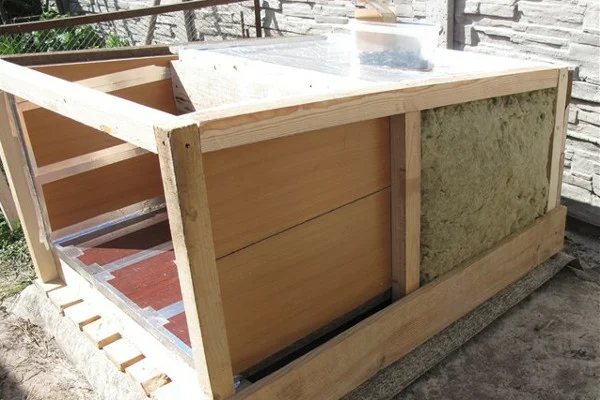

Minwata emits a lot of dust, you need to think ten times before trying to insulate the dog's kennel in this way
You can, of course, build and insulate the kennel according to the method shown in the video:
It is unlikely that the Alabai, for which the booth was built, will feel comfortable in winter. If you arrange a kennel and try to insulate it according to science, then it is better on the basis of expanded polystyrene.
Styrofoam
Immediately it is necessary to clarify such a characteristic as the vapor permeability of the walls for a dog kennel. It can be zero, and the dog will feel great, since the huge entrance and slots under the roof provide normal ventilation and removal of water vapor. Therefore, insulating a doghouse with foam is one of the most optimal solutions to the problem.
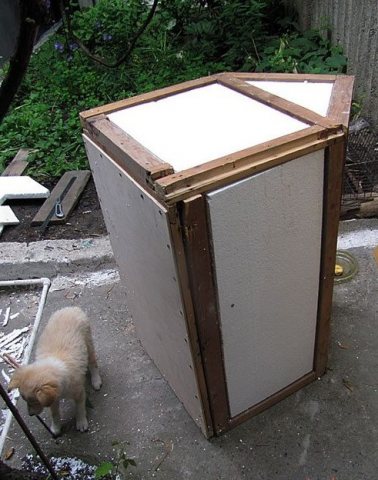

If you let the styrofoam sit under a canopy in the open air for a couple of weeks, then the remaining smell of the solvent will completely evaporate, after which the expanded polystyrene can be laid on the inside of the case and the joints can be glued with polyurethane foam.
Roll type heat insulators
It is necessary to insulate the dog house with the most accessible and simple materials, for example, the remnants of the substrate for the laminate, isolon and even the usual padding polyester. The material is sewn onto the walls from the outside, if the frame is wooden or plank, you can use a furniture stapler and staples.
At the corners, an overlap must be performed with gluing the joints with ordinary tape. This is done not to combat water vapor, but only in order to fix the overlap of the canvas and make the insulation more durable. If the dog's kennel is spacious enough, then it can be insulated from the inside of the room. After that, the layer of insulation will have to be sewn up with clapboard or wooden lath, otherwise the dog will tear the foamed insulation in winter.
Felt
Excellent material for thermal insulation of any premises.If insulated with natural felt, then before laying the material will need to be treated with an insecticide against parasites and fleas. If the felt is thin, 3-5 mm, then it is better to insulate the kennel from the inside, you can also sheathe the outer surface, but in this case you will need to make a ventilation gap from the slats, vapor barrier, lay a thick felt layer and a plastic film that protects the insulation layer from getting wet.
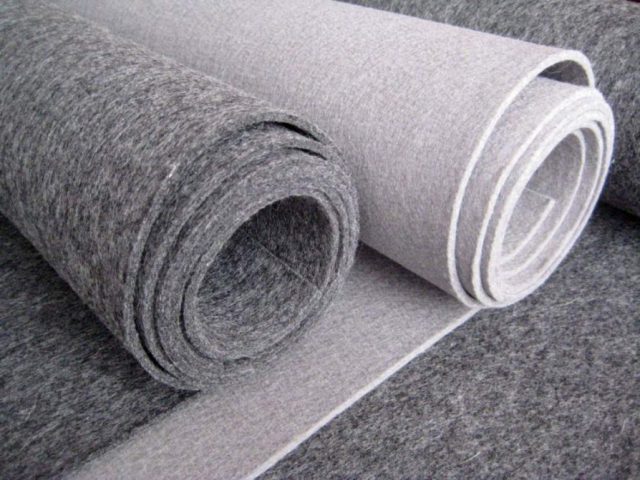

Insulating with felt is much faster and easier.
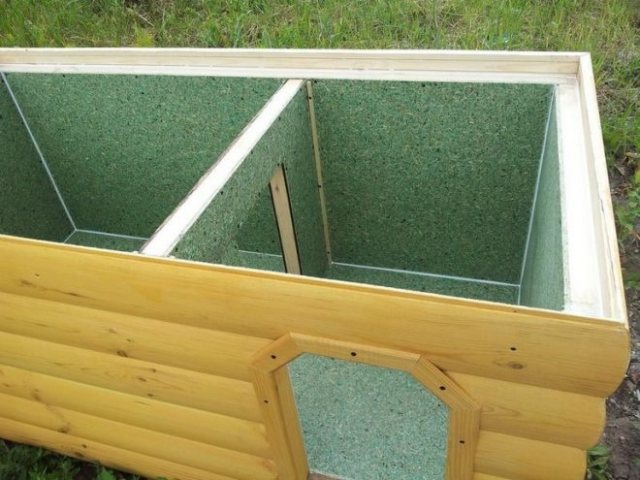

How to make the booth warmer
The entrance to the doghouse must be securely closed from winds and precipitation. For this purpose, it is convenient to use a rubber curtain with a weight on the bottom. Then it will not sway. The most common insulation is now mineral wool. But it is important to isolate its layer from the animal so as not to harm it. Waterproofing and cladding will definitely be required. Styrofoam is great for a kennel. This material is no less effective, but is not afraid of moisture.
Another good option is a roll-on heat insulator. Even ordinary polyethylene will protect the animal from the cold. It can be easily secured with a stapler. Felt is highly insulated and inexpensive. With such a material, additional cladding is not even required, they are attached to simple nails. Felt will keep moisture from accumulating in the room.
The kennel does not need to be placed in the sun so that it is not too hot in it, but strong shading should also be avoided.
Do-it-yourself warming of a dog booth for the winter
Most often, it is necessary to insulate the apartment of the yard dog already in winter, when it is impossible to delay or postpone the process of warming for obvious reasons. A dog's kennel, planned and built with intelligence, should be easy to disassemble. The roof, sometimes the back wall of the booth, is usually made removable, therefore, before insulating, you need to disassemble everything, thoroughly clean and dry.
Bottom and flooring
It is considered the most difficult to insulate the bed or the floor inside the kennel. Almost all dog breeds are extremely distrustful of changing the bedding and any attempts to warm, change, remake it. The dog can tear the insulation, throw it out of the kennel and defiantly lie down next to it. Therefore, the floor has to be insulated in two ways:
- A sheet of extruded polystyrene foam is laid under the bottom of the kennel, which is often used to insulate the walls and foundations of buildings for the winter. EPS sheets 50 mm thick are laid under the kennel, preferably in one piece, without seams and joints;
- Soft materials are laid on the floor, it can be an old woolen blanket, you can fill in a layer of sawdust.
Best of all, if it is a thick Velcro mat, which is easy to get out in winter, clean it from snow, accumulated debris and put it back in place. Therefore, the owners often sew special mattresses with a top made of thick felt, with an inner insert made of thick foam rubber and a rubberized fabric at the bottom.
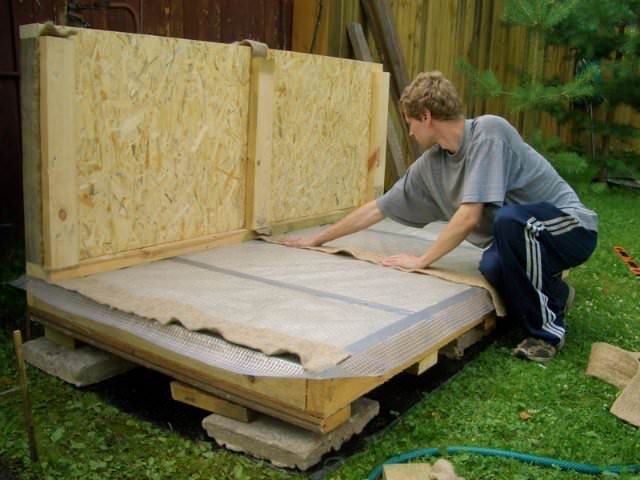

Be sure to lay the film under the felt or sawdust
Wall insulation
For the vertical surfaces of the booth, it is best to use regular foam. If the dog lives on the street all the time, and it does not have the opportunity to hide in the summer kitchen or in the annex to the house, then it is best to insulate with prefabricated plates that can be easily pulled out if necessary.
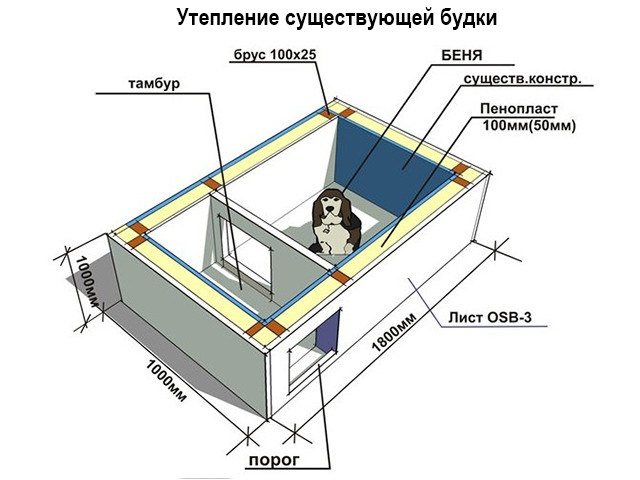

In winter, with the onset of frost, you can easily remove the roof and lay the foam in the walls of the kennel. Usually the slabs are cut with tongue-and-groove piles to avoid cold bridges. At the end of winter, the insulation can be easily pulled out of the frame, thereby improving ventilation inside the booth.
Ceiling and roof
To insulate the upper part of the kennel, it is best to use roll materials, the same polyethylene foam. The roof and ceiling are most often affected by condensation, so other materials cannot withstand moisture saturation and freezing.If the winter is harsh enough, then the roof can be additionally insulated by laying an old blanket or several pressed bales of hay on its surface.
How to insulate the entrance to a doghouse
If the kennel is built according to all the rules, with an additional partition in front of the entrance, then there is no particular need to hang the entrance to the booth. Many dog owners are reinsured, especially if the winter is harsh and the frost can reach 25-30 ° C with strong winds.
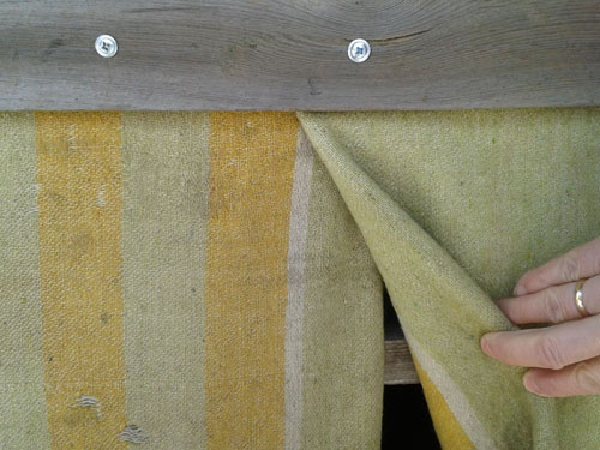

An old blanket or jute will do, in a pinch, PVC film
Advice! In such conditions, it is better to give the dog the opportunity to spend the night in the hallway or utility block. The curtain at the entrance will not warm the kennel, and the risk for the dog to get sick still exists.
The curtain or curtain at the entrance is usually made of very thick plastic wrap or rubberized tarpaulin. If you insulate the kennel, then you need to be prepared for the curtain material to freeze to the wall. Therefore, for winter, the curtain is cut into ribbons:
- For small dogs, 4-5 vertical cuts are performed, thick polyethylene will not freeze at the joints in winter, the animal can easily leave its kennel in any weather;
- For tall dogs, the curtain is slightly bent and cut with two side cuts. As a result, the curtain turns out to be quite tough and does not flap in the wind, which is especially valuable for keeping warm in the winter.
It is clear that the curtain will need to be changed periodically, so it is attached to the outside of the kennel's facade. If it is already covered with snow in winter, then the dog will always be able to push out the snow and fabric and get out of the booth.
Installing the curtain for the booth
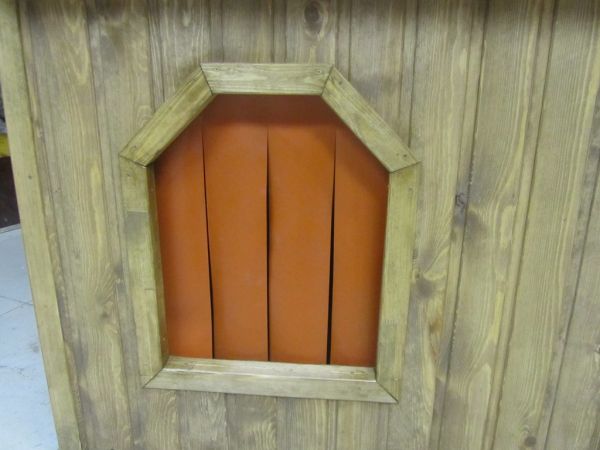

The manhole in the booth must be closed from the penetration of snow or rain into it - a curtain is used for this. It is usually made from dense rubber or tarpaulin. To prevent the curtain from moving from the wind, it must be weighted. For example, pockets are sewn to the bottom of the curtain and filled with sand.
A curtain or canopy for a manhole can be purchased ready-made, they are often found on sale.
Dog kennel heating
With the advent of modern safe heaters, many owners are trying not only to insulate, but also to install heating for the kennel. Such a decision will be successful for dogs living in the country and outside the city, where a sharp cold snap in winter can turn into a tragedy.
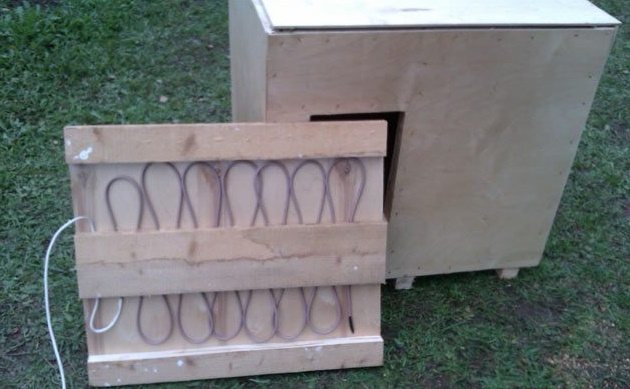

Heated kennels are placed either on the floor or on the ceiling
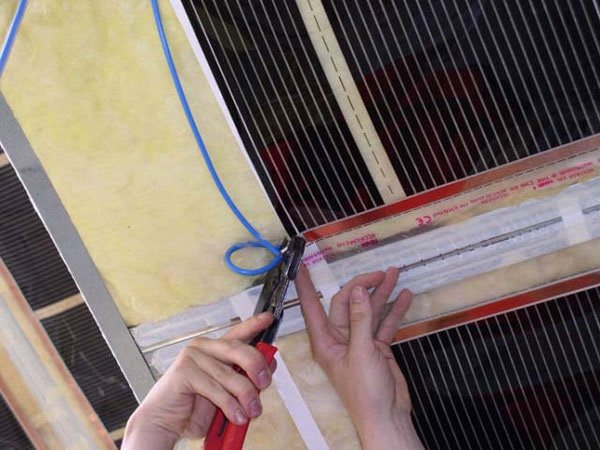

A home-made heater made of cable or graphite film, installed on the ceiling of the booth, can be considered a good option. It is clear that heating does not solve all problems, it is still necessary to insulate the kennel, but for purebred dogs that do not differ in special health, the presence of cable heating of the ceiling or floor can be extremely important in order to survive the winter.
It is best to use a self-regulating two-core heating cable. In winter, in the coldest weather, it easily delivers up to 200 watts from every ten meters of wire laid inside the booth. This is enough to insulate and heat the kennel to a positive temperature.


